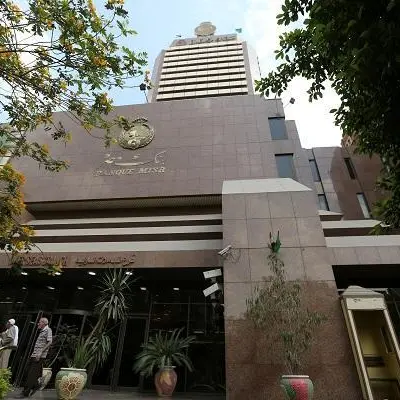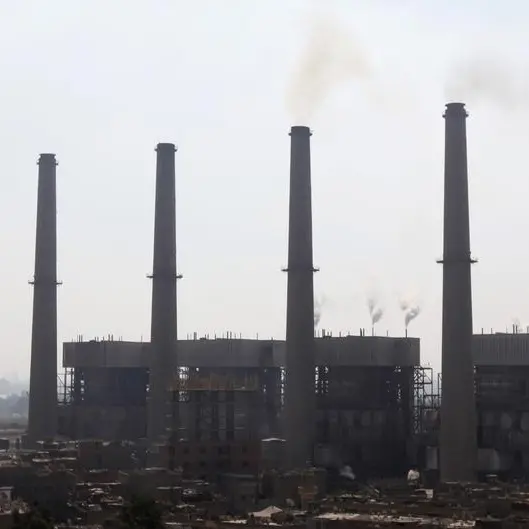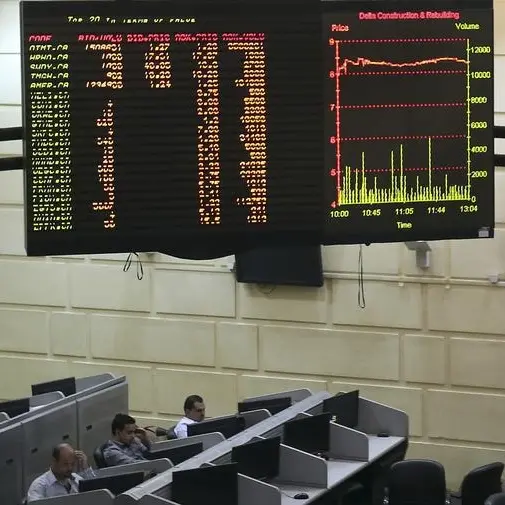PHOTO
Rising interest rates roiled debt markets worldwide this year, although higher hydrocarbon revenues enabled Gulf bonds and sukuk to fare better, and the region’s imminent inclusion in widely-followed fixed income benchmarks suggests a late-year rebound could extend into 2019.
Bond and sukuk issuance in the six-nation Gulf Cooperation Council (GCC) this year totalled $77 billion as of Dec. 10, down from $85 billion in the prior-year period, according to data from Emirates NBD, as shrinking budget deficits reduced the need for governments to sell debt.
Meanwhile, the Barclays GCC Credit + High Yield Index had a total 2018 return of 0.03 percent as of Dec. 7; the Bloomberg Barclays U.S. Corporate Total Return Index was down 3.18 percent over the same period.
“The 2018 performance for our fixed income funds is flat to slightly positive, which isn’t that great in terms of total returns but from a relative returns perspective we’ve done very well,” said Mohieddine Kronfol, chief investment officer of global sukuk and MENA fixed income at Franklin Templeton Investments in Dubai.
The United States’ Federal Reserve has hiked interest rates four times this year - each by 25 basis points. Rising interest rates weigh on the price of bonds that were sold at lower rates because investors will prefer to own debt issued at the newly-higher rates. The GCC’s dollar pegs mean local interest rates must move lock-step with U.S. rates.
“A 1 percent increase in yield can translate into substantial capital losses, which is difficult to fully cover from the coupon you earn on the bonds – that’s why most dollar-denominated bond portfolios, particularly the ones with a high grade and low coupon, would have lost money this year,” said Anita Yadav, Emirates NBD’s head of fixed income research.
Spreads on GCC bonds are 30 basis points wider now than they were at the beginning of 2018, said Raffaele Bertoni, head of fixed income investment at Kuwait-based Gulf Investment Corporation (GIC), a supranational financial institution co-owned by the GCC countries. That compares with a 50-basis-point increase in the spread on U.S. investment-grade corporate bonds.
“The biggest driver of returns this year has been rising interest rates and the widening of spreads,” said Kronfol, noting that GCC bond spreads widened by a smaller amount than those in other regions due to improving fundamentals. These include lower deficits, especially in Saudi Arabia and Oman, faster economic growth and stable credit ratings and outlooks.
“The strength of the U.S. economy has helped strengthen the dollar against emerging market currencies, so appetite for emerging market assets has dampened,” said Yadav. “In such an environment, (the region’s) pegged currencies helped GCC bonds to relatively outperform their emerging market peers.”
REGIONAL CONCERNS
Broadly, 2018 has been a year where the Gulf’s economies and market structures have improved, while geopolitical tensions have worsened, with no easing in the blockade of Qatar, growing U.S. antagonism towards Iran and worries about Saudi Arabia.
Riyadh’s anti-corruption drive created investor anxiety around the role the private sector may play in the future Saudi Arabia and whether or not the government will remain fully committed to the country’s long-mooted transformation. The Khashoggi affair also raised questions over Saudi Arabia’s relationship with the U.S., and whether this will affect the government’s reform programme. A downbeat year for the Gulf’s real estate and retail sectors weighed on investor confidence across all asset classes, including debt.
More positively, the rebound in oil prices boosted governments’ income – the GCC’s combined budget deficit will be around $14 billion in 2018, versus $79 billion in 2017, GIC estimates. Consequently, governments have issued less debt this year, with sovereign debt issuance accounting for around 47% of total GCC issuance in 2018 versus around 58% in 2017.
“But sovereign issuance is still much higher than 4-5 years ago and there's plenty of room for banks and non-bank corporates to start tapping the market,” said Kronfol. “That’s what we’re most excited about. The government proportion of total issuance will continue to decline.”
With GCC economic growth strengthening this year, corporations’ borrowing needs have increased, another factor causing governments’ share of total debt issuance to fall.
“Quite a few companies may have also wanted to front-load their borrowing ahead of further interest rate rises,” said Yadav. “There has also been some refinancing.”
Low U.S. inflation and ebbing growth in the world’s largest economy suggest Fed interest rate rises will slow in 2019, which will positively impact GCC fixed income.
“Next year, we don’t see rates having as big an impact on total returns as this year,” said Kronfol.
“Fundamentals will continue to improve - that applies to banks, government balance sheets, and many of the companies we’ve invested in. That's why we want to take on more corporate or credit risk in our portfolios. Valuations today are much better than they were 12-18 months ago.”
INDEX BOOST
In September, JPMorgan announced that sovereign and quasi-sovereign issuers from Saudi Arabia, Qatar, Bahrain, Kuwait and the United Arab Emirates would be eligible for inclusion in four of the bank’s widely-tracked fixed income indices. The GCC’s other sovereign debt issuer, Oman, was already included in the index.
“Inclusion is a very positive step in the evolution of the GCC bond market,” said GIC’s Bertoni, noting that regional bonds have historically attracted buy-and-hold investors.
“With this inclusion they will be permanently on the radar screens of international investors, (providing) clear benefits in terms of liquidity and a lower premium over the risk-free assets. It will allow new issuers to access a much wider investor base.”
Combined, the GCC quintet will have weightings of between 11.2 and 16.5 percent on the four JPMorgan benchmarks. Around 40 bonds and sukuk from the five countries will be gradually added to the benchmarks, starting Jan. 31, 2019 and ending Sept. 30, 2019.
Some investors have already been steadily accumulating the bonds in questions, spurring a late-year rebound that propelled Gulf fixed income into a flat performance for 2018.
“This will reduce GCC’s chronic under-representation, and as that happens, you're going to have a supportive backdrop for prices and performance,” said Kronfol. “It will start supporting the sovereigns and the banks first, but eventually corporate and other issuance will also benefit.”
In October, the UAE issued a law enabling the federal government to issue sovereign debt. Although approved, the law has yet to be implemented, with the federal government first needing to obtain a credit rating and to also decide what it wants to issue in terms of size, currency denomination and maturity term.
“I doubt the new law will have any impact on its own - it's more that the entire fixed income markets’ ecosystem that’s becoming more relevant,” said Kronfol.
“There’s more substantive talk about fiscal consolidation over the medium term. Saudi Arabia has modified its QFI (qualified foreign investor) criteria for fixed income inclusion and now has an active debt management office; collectively these things show that policymakers are beginning to prioritise the bond markets.
“Historically, governments focused on making the real estate markets attractive or having their stock markets accessible and aligned with emerging markets, but never had any mindful policy towards developing bond markets. That’s started to change, and we hope it continues.”
Corporate governance issues – such as the collapse of Dubai private equity firm Abraaj Group and Abu Dhabi-listed Dana Gas’s controversial sukuk restructuring – have also made some regional and international investors buyers warier of investing in Gulf debt.
“What we’re closely monitoring is not just the occurrence of these events, which occur in every market, but more the policy response to them if any,” added Kronfol. “We would like to see regulators make an effort to address these issues, draw lessons from them, and continue strengthening legal and governance frameworks.”
(Reporting by Matt Smith; Editing by Michael Fahy)
(Michael.fahy@refinitiv.com)
Our Standards: The Thomson Reuters Trust Principles
Disclaimer: This article is provided for informational purposes only. The content does not provide tax, legal or investment advice or opinion regarding the suitability, value or profitability of any particular security, portfolio or investment strategy. Read our full disclaimer policy here.
© ZAWYA 2018











